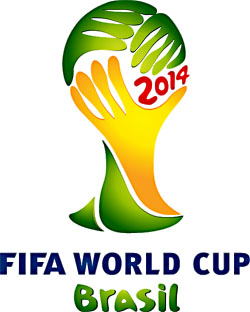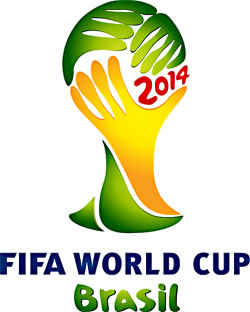
 Okay, I’ve got a few questions for all you soccer folks:
Okay, I’ve got a few questions for all you soccer folks:
- Outside the penalty area there’s a hemisphere about 20 yards wide. I can’t recall ever seeing it used for anything. What’s it for?
- On several occasions, I’ve noticed that if the ball goes out of bounds at the end of stoppage time, the referee doesn’t whistle the match over. Instead, he waits for the throw-in, and then immediately whistles the match over. What’s the point of this?
- Speaking of stoppage time, how has it managed to last through the years? I know, I know: tradition. But seriously. Having a timekeeper who stops the clock for goals, free kicks, etc. has lots of upside and no downside. Right? It wouldn’t change the game in any way, it would just make timekeeping more accurate, more consistent, and more transparent for the fans and players. Why keep up the current pretense?
- What’s the best way to get a better sense of what’s a foul and what’s a legal tackle? Obviously you can’t tell from the players’ reactions, since they all writhe around like landed fish if they so much as trip over their own shoelaces. Reading the rules provides the basics, but doesn’t really help a newbie very much. Maybe a video that shows a lot of different tackles and explains why each one is legal, not legal, bookable, etc.?
Thanks! This will be a big help for all of us who are pretending to understand what’s going on in Brazil this month.
UPDATE: Best answers so far:
- It’s only used for penalty kicks. Players have to be outside the penalty area and at least 10 yards away from the kicker. The circle marks 10 yards from the penalty kick spot.
- Apparently a match can end only when play is in progress. I guess this makes sense, in a way.
- No good answers here. The most common response is that it prevents time-wasting from the players, but I really don’t see that. The referee can keep things moving, just as he does now. The second most popular response is that it’s more exciting not knowing quite how much time is left. But that seems wrong on two levels. First, it’s not more exciting, as virtually every other sport shows. Second, players do know how much time is left, because they announce it at the end of regulation time. My point, really, is that the clock is already stopped under the current system, but the stoppage is hidden for some reason. Why not simply make the stoppage more transparent?
- This video from FIFA is helpful, though note that the phrase “careless and reckless” is used a lot. This obviously leaves room for a good bit of subjectivity, which is fine, really. That’s true of fouls in most sports. Still, it would be nice to see a video that actually contrasted legal and illegal behavior, even with the understanding that not everyone will agree in every instance.















